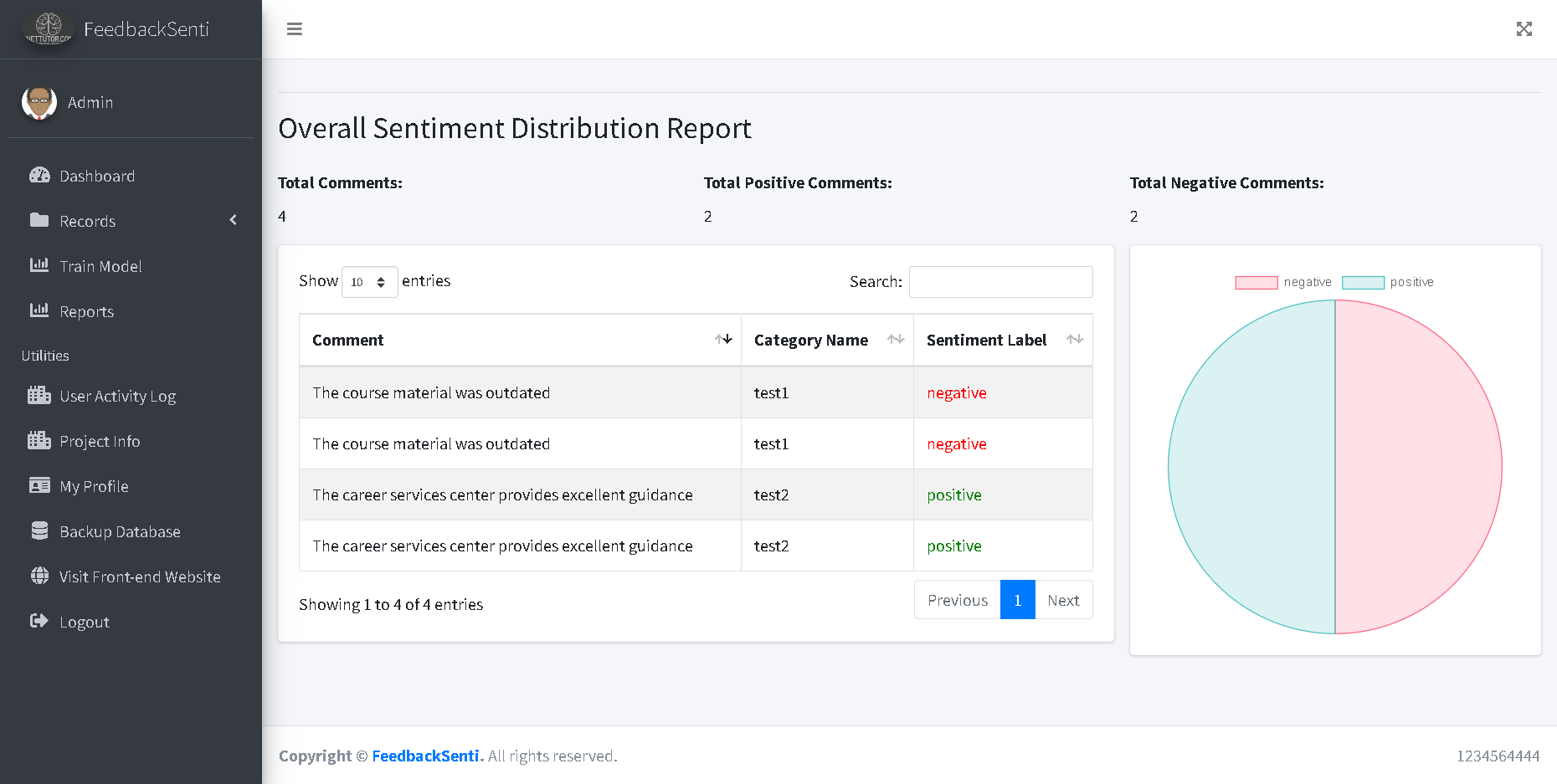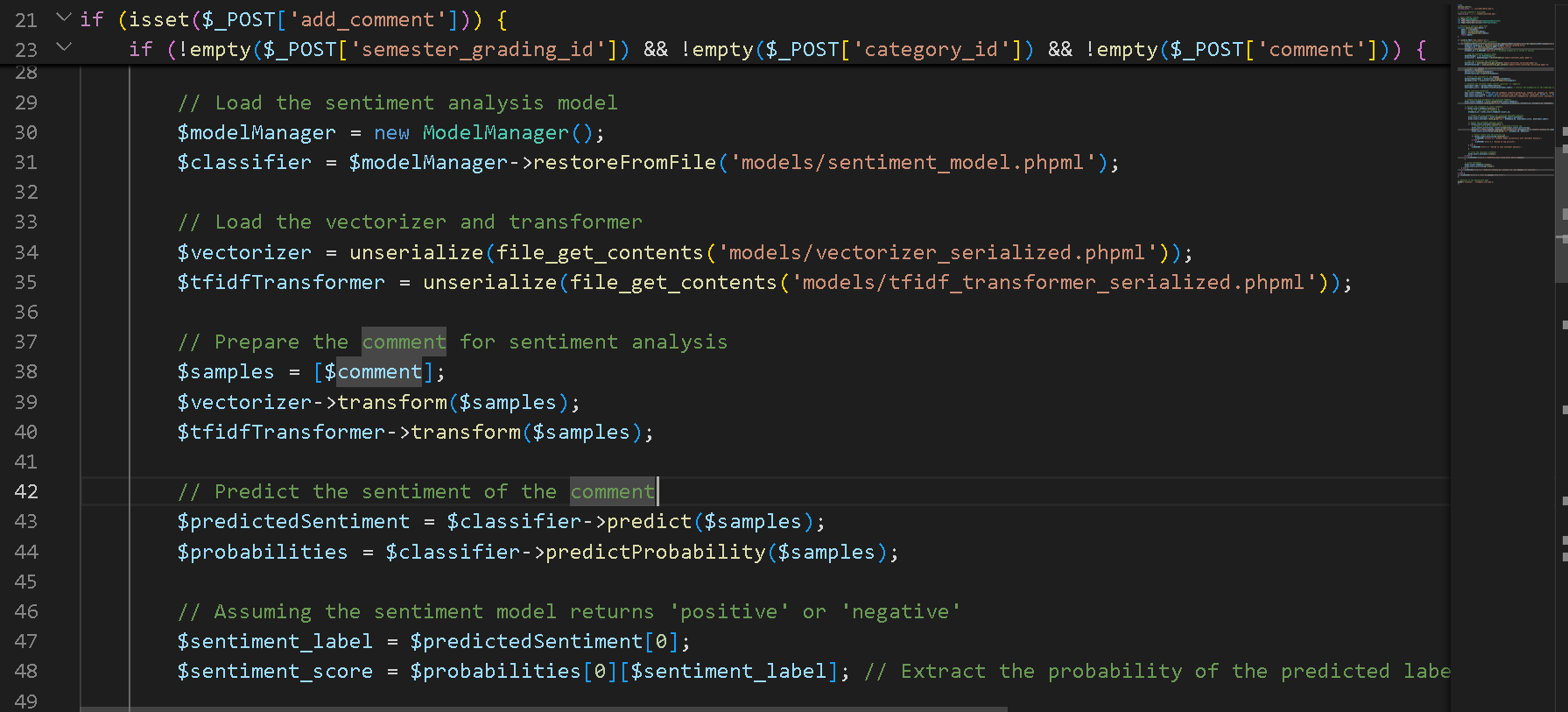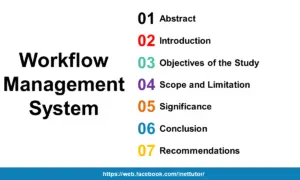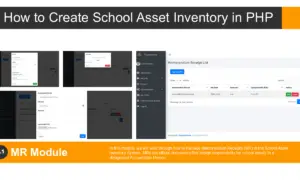Top Sentiment Analysis Project Ideas for Beginners
Introduction
Table of Contents
Sentiment analysis is a fascinating area within natural language processing (NLP) that involves determining the emotional tone behind a piece of text. Whether it’s a tweet, a product review, or a customer feedback form, sentiment analysis helps in understanding whether the expressed opinion is positive, negative, or neutral. This is especially important for businesses and organizations that want to gauge public opinion, improve customer service, or analyze market trends.
For beginners, sentiment analysis is a great field to dive into because it combines both practical and theoretical aspects of machine learning. It provides a hands-on experience with real-world data and the satisfaction of building something that has immediate, visible results. Additionally, the tools and libraries required for sentiment analysis, like Python’s NLTK, TextBlob, or PHP-ML, are relatively easy to learn and use, making it accessible for those just starting out in data science and programming.
The purpose of this blog post is to present some beginner-friendly project ideas that will help you get started with sentiment analysis. These projects will not only give you a solid foundation in the basics of sentiment analysis but also inspire you to explore further and develop more complex models. Let’s dive into some exciting project ideas that you can start working on today!
What is Sentiment Analysis?
Sentiment analysis, also known as opinion mining, is a technique used to determine the sentiment or emotion expressed in a piece of text. It involves analyzing the text to identify whether the sentiment is positive, negative, or neutral. This analysis can be done at different levels, such as document-level, sentence-level, or even aspect-level.
The process of sentiment analysis typically involves breaking down text into smaller components, like sentences or phrases, and then applying algorithms or machine learning models to evaluate the emotional tone of each component. This is done by analyzing the choice of words, their context, and any emotional cues. Sentiment analysis tools often use pre-built dictionaries of words associated with various emotions to categorize the sentiment accurately.
Sentiment analysis is valuable across various industries because it helps businesses and organizations understand public opinion and customer satisfaction. For example, companies use it to analyze product reviews and customer feedback to improve their offerings, while marketers might track social media sentiment to gauge the effectiveness of their campaigns. Overall, sentiment analysis provides actionable insights that can drive better decision-making and enhance customer relations.
Getting Started with Sentiment Analysis
Basic Requirements and Prerequisites
Before diving into sentiment analysis, there are a few basic requirements and prerequisites you’ll need to get started. First, a fundamental understanding of programming is essential, with proficiency in languages like Python or PHP being particularly useful. Knowledge of natural language processing (NLP) concepts will also be beneficial, as sentiment analysis is a subset of NLP. Familiarity with data handling and basic machine learning concepts will further ease your journey into sentiment analysis.
Introduction to Popular Sentiment Analysis Tools and Libraries
To implement sentiment analysis, several tools and libraries are available that can simplify the process. For Python enthusiasts, the Natural Language Toolkit (NLTK) is a comprehensive library that provides easy-to-use interfaces for various NLP tasks, including sentiment analysis. TextBlob is another Python library built on top of NLTK, offering a simpler API to perform common NLP operations and sentiment analysis.
For those working with PHP, PHP-ML is a powerful library that brings machine learning capabilities to PHP applications. It includes tools for performing sentiment analysis, making it a valuable resource for PHP developers looking to incorporate sentiment analysis into their projects.
By leveraging these tools and libraries, you can streamline the sentiment analysis process and focus on extracting meaningful insights from textual data. Whether you’re a beginner or an experienced developer, these resources will help you get started with sentiment analysis efficiently.

Sentiment Analysis Project Ideas
- Customer Feedback Analysis Platform: Develop a platform that collects and analyzes customer feedback from various sources, such as surveys, reviews, and social media. This project idea aims to help businesses gain insights into customer satisfaction, identify areas for improvement, and make data-driven decisions to enhance their products or services.
- Social Media Sentiment Tracker: Create a system that tracks and analyzes sentiment on social media platforms. This project idea allows individuals or businesses to monitor public opinion, identify trends, and respond effectively to customer feedback or brand reputation issues.
- Educational Feedback System: Build a feedback system for educational institutions that collects and analyzes feedback from students and teachers. This project idea aims to improve the learning experience by identifying areas of improvement, addressing concerns, and enhancing overall student engagement.
- News Sentiment Dashboard: Develop a dashboard that analyzes the sentiment of news articles or headlines. This project idea enables users to gain a quick understanding of the public sentiment towards various news topics, helping them stay informed about current events.
- Employee Feedback and Engagement Platform: Create a platform that gathers feedback from employees and measures employee engagement. This project idea aims to help organizations improve their work culture, identify areas of improvement, and enhance employee satisfaction and productivity.
- Healthcare Patient Feedback System: Build a system that collects and analyzes feedback from patients in healthcare settings. This project idea allows healthcare providers to understand patient experiences, improve service quality, and provide better care based on patient feedback.
- Travel and Tourism Review Analyzer: Develop a system that analyzes reviews and feedback from travelers to provide insights into travel destinations, accommodations, and attractions. This project idea helps travelers make informed decisions and assists travel companies in improving their offerings based on customer sentiments.
- Event Feedback and Sentiment Analysis Platform: Create a platform that collects feedback from event attendees and performs sentiment analysis. This project idea enables event organizers to understand attendee satisfaction, identify areas of improvement, and make data-driven decisions for future events.
- Sentiment Analysis for Market Research: Build a system that analyzes sentiment in market research data, such as surveys or focus group responses. This project idea helps market researchers understand consumer preferences, trends, and sentiments, enabling businesses to make informed marketing strategies.
- Mental Health Support App: Develop an app that uses sentiment analysis to provide support and resources for mental health. This project idea aims to help individuals track their emotions, provide relevant resources, and connect them with appropriate mental health professionals if needed.
- Virtual Assistant with Sentiment Awareness: Create a virtual assistant that utilizes sentiment analysis to understand user emotions and provide personalized responses. This project idea aims to enhance user experience by tailoring the virtual assistant’s interactions based on user sentiment, creating a more empathetic and responsive interaction.
These project ideas offer a range of applications for sentiment analysis, catering to various industries and user needs. Choose one that aligns with your interests and goals, and leverage the available tools and resources to bring your project to life.

Tips for Beginners
Best Practices for Starting with Sentiment Analysis Projects
- Understand the Basics: Before diving into projects, familiarize yourself with the fundamentals of sentiment analysis and natural language processing (NLP). There are many free resources and courses available online.
- Start Simple: Begin with small, manageable projects that help you understand the core concepts. For example, start with analyzing sentiment in a simple dataset like movie reviews.
- Use Existing Libraries: Leverage existing sentiment analysis libraries and tools such as Python’s NLTK, TextBlob, or PHP-ML. These tools have built-in functions that simplify many tasks, allowing you to focus on understanding the process.
- Choose Quality Data: Ensure your dataset is relevant and clean. Quality data is crucial for building effective sentiment analysis models.
Common Pitfalls and How to Avoid Them
- Ignoring Preprocessing: Raw text data often contains noise (like typos and special characters) that can affect the accuracy of your models. Always preprocess your data by removing unnecessary characters, normalizing text, and handling missing values.
- Overfitting: Overfitting occurs when your model performs well on training data but poorly on new data. Avoid this by using techniques like cross-validation and ensuring you have a large, diverse dataset.
- Relying Solely on Accuracy: While accuracy is important, it’s not the only metric. Evaluate your models using precision, recall, and F1 score to get a complete picture of their performance.
- Ignoring Context: Sentiment analysis can be tricky due to the context-dependent nature of language. Ensure your model is context-aware by incorporating techniques like contextual word embeddings.
Tips for Validating and Improving Sentiment Analysis Models
- Cross-Validation: Use cross-validation techniques to evaluate the robustness of your models. This helps ensure that your model performs well on unseen data.
- Hyperparameter Tuning: Experiment with different hyperparameters to find the optimal settings for your model. Tools like GridSearchCV can automate this process.
- Incorporate Domain Knowledge: Incorporate domain-specific knowledge into your models to improve accuracy. For example, slang or jargon specific to a particular industry might need special handling.
- Continuous Learning: Sentiment and language usage evolve over time. Continuously update and retrain your models with new data to maintain their accuracy.
- Use Ensemble Methods: Combine multiple models to improve performance. Ensemble methods like bagging and boosting can help you build more accurate sentiment analysis systems.
By following these tips, beginners can avoid common pitfalls and create effective sentiment analysis models that provide valuable insights.
Conclusion
Sentiment analysis is a powerful tool that can provide invaluable insights into public opinion, customer behavior, and market trends. By understanding and leveraging this technology, you can create innovative applications and solutions.
As a beginner, the world of sentiment analysis offers exciting possibilities. Don’t be afraid to experiment, learn, and iterate. Start with a small project and gradually expand your knowledge and skills.
We invite you to share your thoughts, experiences, and project outcomes in the comments section below. Your insights and feedback can help others in their sentiment analysis journey. Let’s build a community where we can learn from each other and grow together in this fascinating domain of data science.
Readers are also interested in:
- Thesis and Capstone Project Title Compilation for Information Technology
- New and Unique Thesis and Capstone Project Ideas for Information Technology
- Top 40 Free Business Related IT Capstone Project
You may visit our Facebook page for more information, inquiries, and comments. Please subscribe also to our YouTube Channel to receive free capstone projects resources and computer programming tutorials.
Hire our team to do the project.


